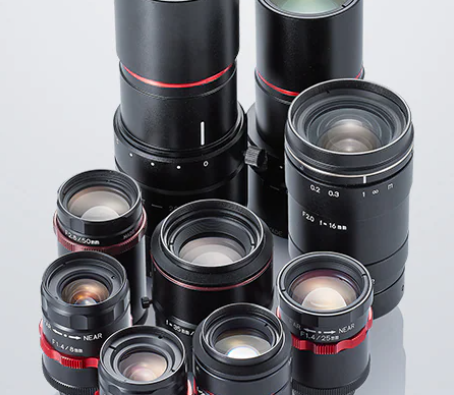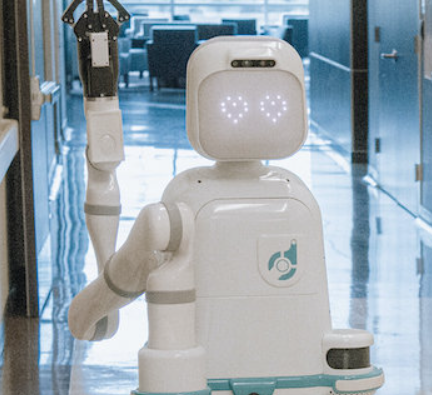
Selecting the ideal machine vision lens can be a challenging task, but by focusing on some essential factors, you can make an informed decision. Here’s a guide to help you choose the best lens for your machine vision system.
Fixed, Varifocal, or Zoom Lenses?
When it comes to lens types, you have three main options: fixed, varifocal, and zoom lenses. Fixed lenses work well if your working distance remains constant and you need sharp, clear images. Varifocal lenses are more suitable for dynamic scenarios where the subject is in motion and requires constant refocusing. Zoom lenses offer the highest level of flexibility, allowing you to adjust the focal length for varying subject distances.
Understanding Focal Length and Focus
The focal length of a lens affects both the field of view (FOV) and the magnification of the image. A longer focal length provides a narrower FOV, while a shorter one gives a wider FOV. The focal length also influences the image magnification—longer focal lengths result in greater magnification, which is essential for detailed inspections.
Aperture and Lighting Considerations
The aperture plays a critical role in determining the depth of field and how well the lens handles varying lighting conditions. Understanding this relationship will help you achieve the optimal lighting and depth of field for your inspection or observation tasks.
Resolution and Accuracy
To ensure the best results, it’s essential to select a lens that matches the resolution requirements for your application. A lens with high resolution ensures clarity and accuracy in your images, which is crucial for tasks that demand precision. Be sure to evaluate image quality, application requirements, and budget to find the ideal lens.
Calculating Working Distance
The working distance is determined by the focal length, the length of the object being inspected, and the sensor size. Understanding the dimensions of the object you need to inspect can also help you calculate the necessary working distance to achieve the best results.
Sensor Compatibility
Different sensors require different lenses for optimal performance. For instance, smaller pixel sensors demand higher resolution lenses to ensure clear images, while larger sensors may need larger lenses to cover the same field of view. Always check compatibility to achieve the best results.
Camera, Mount, and Location
Compatibility between the lens and the camera’s sensor type and mount is crucial for proper functionality. If the camera is hard to access, consider using lenses with remote control capabilities, such as focus, iris, and zoom adjustments. Some models, like the LensConnect Series, provide remote adjustments via USB, which can be extremely convenient when the camera is in a difficult-to-reach location.
Conclusion
Choosing the right machine vision lens is essential to ensure the performance and image quality of your system. By carefully considering factors like the application, camera specifications, resolution, focal length, working distance, and sensor compatibility, you can select the perfect lens for your needs. Whether you need sharp, high-quality images or the ability to adapt to varying subjects, the right lens will optimize your machine vision system’s performance.












